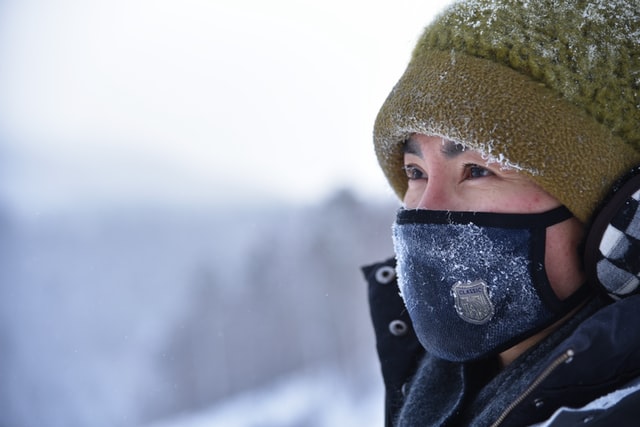- Choose the Right Gun and Caliber
Your first order of business should be choosing a firearm and a caliber. Although shoulder weapons deliver increased range, accuracy, and power relative to handguns, carrying a rifle or a shotgun is neither discreet nor practical for most gun owners. The handgun, however, is concealable and portable.
- Ammunition Selection
Choosing the right caliber is a balancing act. A lightweight, compact handgun will exhibit more recoil and muzzle flip. As a result, highly concealable firearms are often chambered in less-powerful cartridges. Rather than discussing specific calibers, you should focus on certain criteria that every defensive load should meet.
The essential criteria regarding ammunition selection are reliability, penetration, and expansion. The ammunition should cycle reliably in your choice of firearm. The bullet should achieve sufficient penetration to reach vital organs and major blood vessels from multiple angles. Third, the bullet should undergo reliable, controlled expansion.
- Choose the Right Holster
Your holster is one of the most important accessories that you can own for your firearm, especially if you intend to carry it. A high-quality holster should be comfortable, safe, and reliable. It should be composed of a durable, rigid material to protect the firearm. While leather is a classic standby, Kydex Holsters are gaining ground among firearms enthusiasts. Regardless of the material that you prefer, your holster should fulfill several criteria:
- Durability
- Retention
- Safety
- Access
- Learn to Carry Your Gun Properly
There are two types of waistband holster types: inside the waistband (IWB) and outside the waistband (OWB). If you want to carry a full-size service pistol or revolver, you may decide that OWB is the more appropriate choice. An OWB holster is more comfortable for many gun owners to wear for a prolonged period.
- Dress for the Occasion
One of the most practical concealed carry clothing tips is to dress appropriately for the occasion. Your manner of dress should achieve two aims: concealing your weapon and being discreet. Don’t wear 5.11 tactical pants or camouflage unless you want bystanders to know you’re carrying a firearm. These are red flags — avoid them. If you wanted to disclose that you were carrying a gun, you’d carry it openly.
- Don’t Disclose Your Weapon
Printing is when your concealed firearm creates a visible outline through your clothing, disclosing that you’re armed. Your holster, gun belt, firearm, clothing, and how you move all affect whether your weapon prints.
- Understand the Law
A top concealed carry tip for beginners is to educate yourself on local regulations. Before you begin carrying a handgun, familiarize yourself with the law. This includes laws regarding where you can carry your gun and when you can draw it. You should familiarize yourself with the statutes regarding the use of deadly force. Know what the penalties are for failing to observe signage.
You should also consult a reciprocity map before leaving your state with your concealed firearm. Not every state honors your right to carry or your state’s permit.
- Seek Proper Training
When you apply for a concealed-carry permit, you may be required by state law to undergo a specific number of hours of training, as administered by a certified instructor that meets certain criteria.
This mandatory training covers the basics of firearms safety, handling, and use, safe storage, and the law regarding deadly force and civil liability. However, not every concealed-carry class is exhaustive, and there’s no guarantee that a certified instructor has sufficient real-world firearms experience to teach you how to defend yourself adequately.
- Practice Realistically
Regular practice is essential to accurate shooting and consistent results. Marksmanship is a perishable skill, and the only way to preserve it is to apply the fundamentals consistently. While you should strive to achieve adequate trigger time at regular intervals, dry-firing is also beneficial.
- Adjust in Private
Those new to concealed carry sometimes fall into two habits that can attract unnecessary attention: checking your gun to see that it’s still there and adjusting the cant or ride height of the holster in open view of passersby.
Both habits can disclose you’re carrying a firearm, which defeats the purpose of carrying concealed. If you choose a high-quality holster and gun belt, your weapon should be held securely in place.
If you must adjust how your holster sits on your belt, find a private, secluded place with no surveillance cameras or curious onlookers. You don’t need anyone eyeing your behavior, especially those who may misinterpret your actions as criminal.
credit: wethepeopleholsters.com






